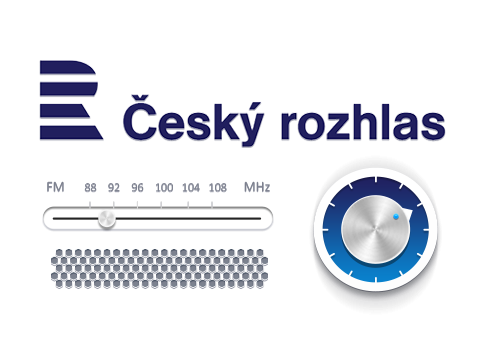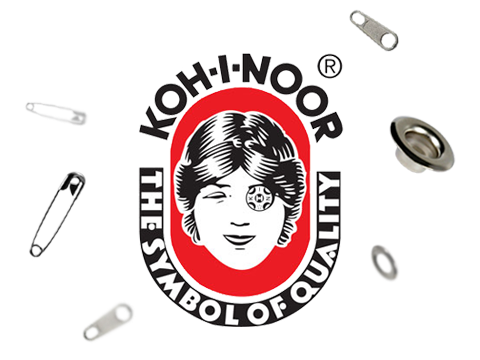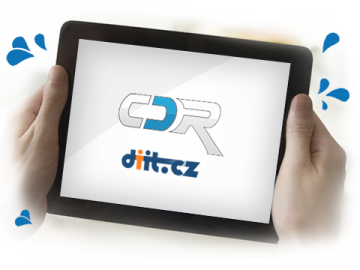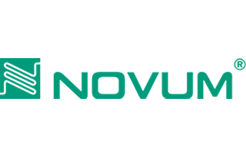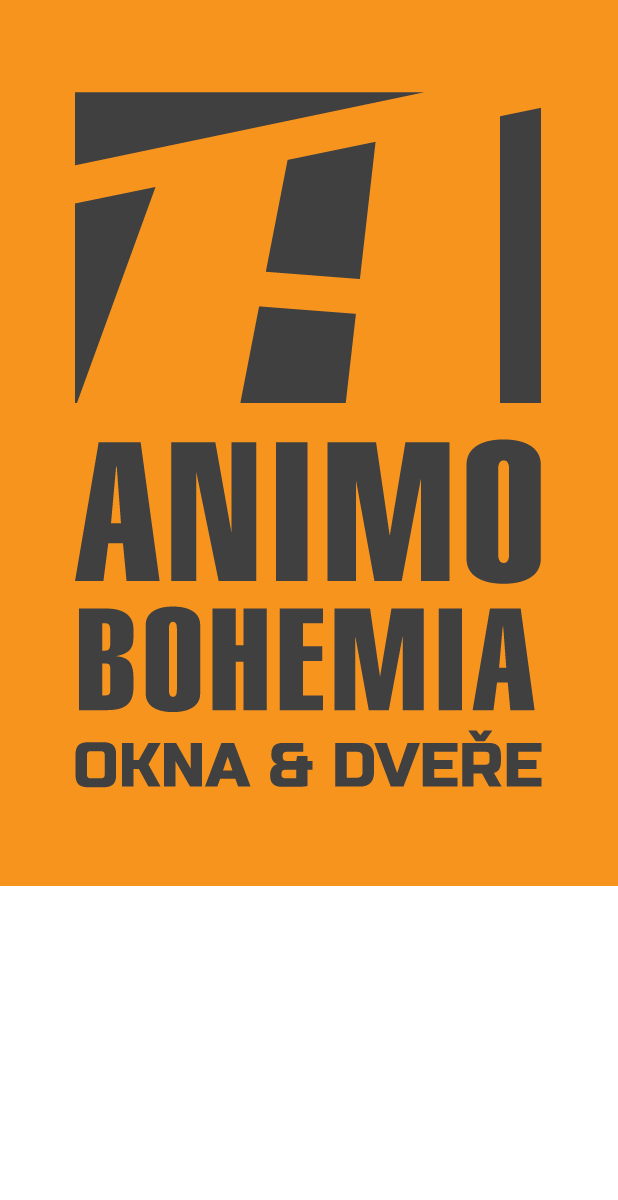Drupal 8 was first released in 2015, replacing the popular Drupal 7, thanks to which this content management system was put to the spotlight among the CMS solutions.
The main goal was to reflect the increasingly demanding requirements of developers, administrators and webmasters, and last but not least, users.
- History and origin
- The then breakthrough and benefits
- New features compared to the previous version
- Important sites that were on that version
- Interesting facts about Drupal 8
History and origin
Drupal 8 (D8) was launched on November 19, 2015, 4-5 years after the launch of the well-known Drupal 7 (D7). Although Drupal 7 became one of the most preferred solutions in terms of content management systems, it also had some "bugs".
First of all, it was multilingualism that was a secondary issue in Drupal 7, and the number of languages supported was very limited. Furthermore, it was necessary to implement a lot of modules to achieve specific functionalities. Drupal 7 also does not offer a robust framework or adequate text editor built right into the foundation. Besides more significant changes until this time always came with the release of a new version of Drupal, which is no longer the case with the D8.
Although Drupal 7 is still very popular, development keeps moving, and this content management system needed to be slightly innovated - and so Drupal 8 was born.
Drupal 8 boasts the largest number of enhancements that cover all areas - from features that are largely included in the kernel itself, higher levels of security, through speed increases, to easier work with the system as a whole.
The then breakthrough and benefits
Drupal 8 has the largest number of enhancements that cover all areas - from features that are largely included in the kernel itself, higher levels of security, through speed increases, to easier work with the system as a whole.
Because the Drupal 8 uses the Symphony framework, it is much more accessible and user-friendly for both users and developers. They will no longer be so tied to the "Drupal ecosystem" and work will be greatly facilitated for developers moving from another framework. It makes sense that the D8 brings great performance improvements, as it has several useful tools, such as BigPipe, and offers a cache for authenticated users, making it easier to deliver content.
The breakthrough point was also that D8 does not bring major changes only with the new version of this content management system, but a new strategy of issuing updates was implemented, enabling the introduction of key innovations into the existing solution.
As mentioned above, the great benefit of D8 was multilingualism, which supports significantly more languages than in Drupal 7. Thanks to caching improvements, developers can create faster-loading pages; A more powerful and robust layout makes it easier to build landing pages, and last but not least, the D8 can generate more user-friendly URLs, which are important factors in terms of SEO issues.
New features compared to the previous version
One of the most anticipated new features in the D8 was the new API-first initiative, which allows data stored and managed by Drupal to be available to other software. In D8, great emphasis is placed on content that currently needs to be distributed among many different devices. D7 can be "shaped" for this purpose, but unlike it, Drupal 8 has this capability implemented directly in its architecture.
Drupal 8 natively supports HTML 5 and has a powerful Symphony PHP framework. It is also worth mentioning that it is built on the new Twig PHP template engine, which facilitates web design.
Editors, in particular, were probably pleased that Drupal 8 offers the CKEditor module by default. It is a visual WYSIWIG editor used for convenient text formatting and enabling editing of content directly from the backend.
Drupal 8 also offers new types of fields (Date, Email, Link, Reference, Telephone) and overall, fields can now be used in multiple locations. Last but not least, we will mention the views that worked as modules in Drupal 7, but now they are components integrated in the kernel.
Important sites that were on that version
The total number of websites running on Drupal 8 is approximately 223,000. In our conditions, we can cite as an example the travel website Cestovinky.cz, which we originally ran on Drupal 6. Due to the need to carefully set up the editorial and editing workflow and user rights, we migrated web on D8. Among other things, it offers a sophisticated categorization of articles, thanks to which the website visitor always gets to the topics he is interested in; advanced possibilities of promoting selected articles and, last but not least, connection with social networks.
Among foreign websites, it is worth mentioning, for example, the Chupa Chups website, the purpose of which was to create a design that harmonizes with the company's culture, as well as an umbrella platform enabling the management of sites intended for various markets. Chupa Chups has more than 100 of them worldwide. The use of Drupal 8 allows the website to benefit from the scalability of this solution greatly.
Drupal 8 is also used by the well-known football clubs Arsenal FC and Sevilla FC, where both have to handle a large number of fans. The reason for choosing D8 was - among other things - API-first initiative and support for third-party plugins. An equally crucial decisive factor was better support for multilingualism. The Rainforest Alliance website, the University of Colorado website or the Mattel website producing the famous Barbie dolls can also be mentioned.
Interesting facts about Drupal 8
Although the number of websites running on the Drupal 8 is more than 3.5 times smaller than in the case of Drupal 7, this will be partly because D7 is "older in business". It is also worth noting that 96% of the pages on Drupal 7 were created through additional modules that are now a built-in part of the D8.
Drupal 8 has been enriched with approximately 200 new elements, and over 3,000 contributors have participated in its development. Drupal 8 was so innovative that in addition to the examples mentioned above, other famous websites began to use it, such as the North American NBA basketball league, the American electronic stock market Nasdaq or the Arabic television station Al Jazeera.
However, due to constant IT developments, the official support of the D8 will be terminated in November 2021, as a new, ninth version is planned for June of the same year. Due to the compatibility of the kernel and modules, the upgrade will be relatively easy, which we could not say about D6 and D7.


